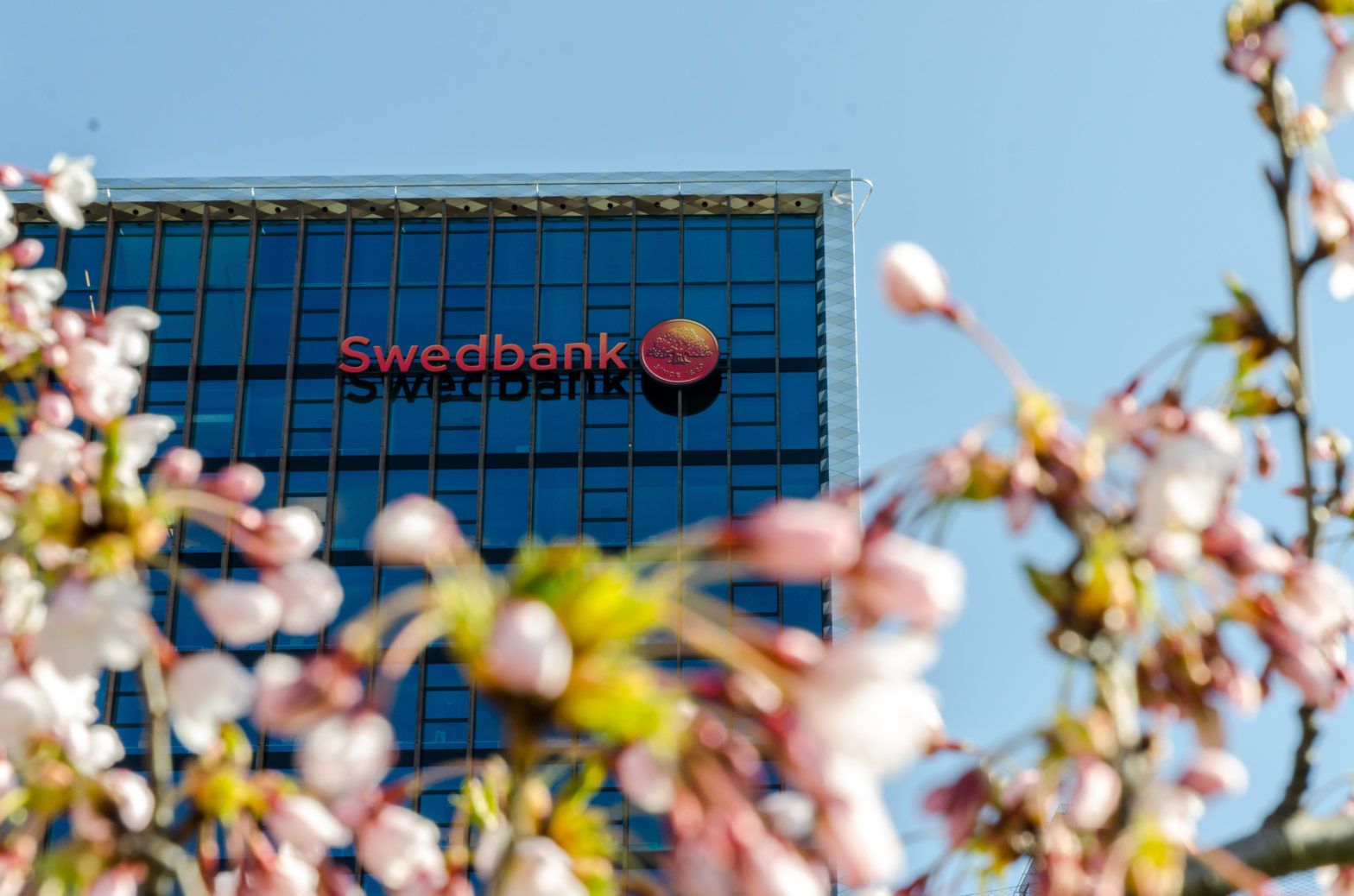The outlook for Sweden’s banking sector is brightening as fears of a housing crash recede claims Berlin-based rating agency Scope which has upgraded its issuer ratings on Swedbank and Svenska Handelsbanken in recent weeks and maintained its high rating on Nordea Bank.
The other big lender in the country is SE-Banken.

Swedish lenders have generally enjoyed a strong performance in recent years after escaping the global financial crisis relatively unscathed. However, Q1 results were a bit weaker than expected and high valuations have discouraged investors.
Property prices in the country had been soaring on the back of ultra-low interest rates – Sweden’s central bank has held its benchmark rate at minus 0.5% for more than three years – fuelling a housing boom and keeping mortgage’s affordable. Swedish banks typically charge about 1.5% annually on home loans.
But at the end of last year the property market looked to be heading for a crash. House prices slumped about 9% between September and January as new flats flooded the market. However, prices have since steadied over the last three months.
Fears that the country’s overheated housing market is heading for a hard landing are now fading, according to Scope.

High capital ratios
The rating agency points out that Sweden’s major banks remain very profitable and returns and efficiency ratios are among the strongest in Europe with capital ratios that are higher than those of most European peers. That will probably remain the case, the rating agency says, even after changes proposed by the Swedish regulator to the way mortgage risk-weight floors are calculated.
“Regulatory adjustments that will reduce the headline capital ratios of Swedish banks are purely technical in nature and reflect no change to the solvency position of the banks,” said Jennifer Ray, executive director in the financial institutions team at Scope Ratings.
“They will be expected to maintain a similar level of nominal capital against the same basket of risks.”
Large Swedish banks currently maintain good access to senior unsecured funding and other market segments, particularly covered bonds. They also have robust liquidity reserves.
But like other European banks, they are nominally exposed to a shift in wholesale market funding conditions and this remains a latent concern if the market suffers sustained credit-spread widening and constricted access windows.
The banks currently enjoy very low credit costs. “While we do not necessarily expect the cost of risk to remain so favourable, the banks appear well positioned to deal with the normalisation of the credit cycle and higher resulting credit costs,” said Ray.
Scope’s argues that credit positives deriving from the banks’ business profiles and forward prospects outweigh any lingering concerns about the country’s over-heated housing market.
Upgraded ratings
Swedbank’s Issuer Rating was upgraded on 24 May by one notch [to A+ Stable]; as was Svenska Handelsbanken’s [AA- Stable]. In its 24 March rating update on Nordea, the Issuer Rating was maintained at AA-Stable.
There had been concerns about the impact of a collapse in the Swedish housing market on the banks as recently as last year; specifically, around the part the banks were playing in perpetuating the cycle, with memories of Sweden’s banking crisis of the 1990s still lingering.
“Although potential for further pricing weakness remains, we’ve taken a more measured view on the housing market, on the basis that a whole host of structural factors have supported the boom.
“We came to the view that while the major banks have been expanding their property portfolios, this has been against a backdrop of a growing economy and a rise in household wealth,” said Ray.
“We sense the larger banks have become more cautious over time and are certainly more focused on cashflow and valuations in making lending decisions.”







